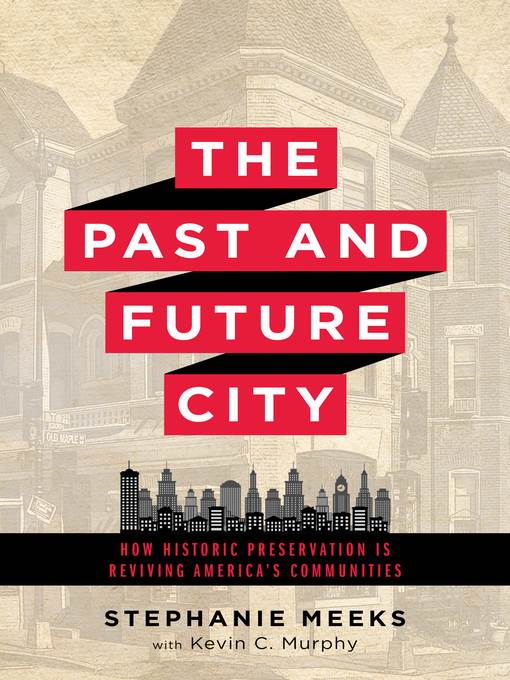
The Past and Future City
How Historic Preservation is Reviving America's Communities
کتاب های مرتبط
- اطلاعات
- نقد و بررسی
- دیدگاه کاربران
نقد و بررسی

September 5, 2016
Meeks, president of the National Trust for Historic Preservation, and speechwriter Murphy make an impassioned and well-argued case for the economic, environmental, and social value of preservation and active reuse of the nation’s historic buildings. Drawing on data collected by the trust’s own Preservation Green Lab as well as a half-century of urban studies scholarship, Meeks and Murphy seek to counteract the stereotype that preservationists resist change and contribute to gentrification. Across seven chapters, the authors use concrete examples of preservation working to strengthen local communities, encourage economic revitalization, support environmental sustainability, and provide affordable residential and business real estate. They advocate persuasively for preservation that seeks to document all of America’s histories, as well as for policies that work to counteract social and economic inequalities. Though smalltown and rural America do appear, the authors disproportionately focus on urban centers such as Boston, New Orleans, New York, Seattle, and Washington, D.C. At times the work reads as a celebration of the National Trust’s positive influence on the United States. These weaknesses aside, the book is an articulate call to action that should be of interest to scholars, community organizers, and policy makers in municipalities across the country.

September 15, 2016
Polls consistently find that people's favorite neighborhoods and city blocks almost always contain older buildings. These areas, with their mixed-use, 24/7 activity, also tend to have more consistent commerce and favor the Great Inversion of wealthier citizens returning to city centers. Meeks, president of the National Trust for Historic Preservation, explains (with coauthor Murphy) that historic preservation is now focused not only on protecting buildings but also on keeping older structures active and integral to their surroundings. She also cites obstacles to sustaining or creating vital city neighborhoods. Urban density is usually good, but areas packed with cookie-cutter high-rises lack the character to compete with more distinct areas. Affordable urban housing is also hindered by warehousing, or keeping older buildings off the market for future development. Preservation is important environmentally. Building demolition has a huge carbon footprint and often destroys pre-thermostat structures that were inherently green by design. Meeks even taps moral aspects of zoning regulation. Thoughtful and engaging, Meeks reveals how historic preservation is more about smart, managed change than simple conservation.(Reprinted with permission of Booklist, copyright 2016, American Library Association.)




















![Design Like You Give a Damn [2]](https://dl.bookem.ir/thumbnails/150/ISBN13/9781613122860.jpg)




دیدگاه کاربران